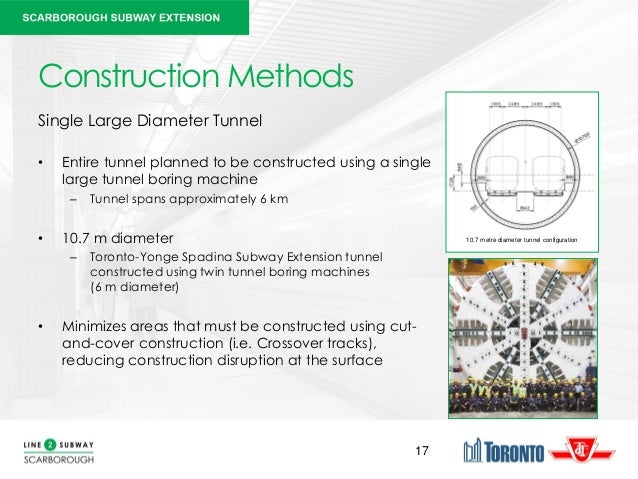steveintoronto
Superstar
It's remarkably similar in ways to the Relief Line (in all but engineering) in that so many hang their dreams on so little. The Relief Line *will* get built, and sooner than some think, but not by the City's concept, but by the Province's, and that's RER.So, Pink Metro Line? Might be done around the same time as our own DRL, maybe later, clearly not before.
plus ça change, plus c'est la même chose
https://www.mtlblog.com/news/why-valerie-plante-cant-build-a-pink-line-for-montrealValérie Plante’s key campaign promise of a new Pink Line metro isn’t a guarantee now that the Project Montreal leader is the acting mayor of Montreal.
There’s still the not-so-little problem of funding the estimated $6 billion public transit project, and neither the provincial or federal government is committing to fitting the bill.
Proviso to that: Look for an RER rolling stock model to emerge that is single deck, not DD, and virtually identical to the UK Class 345:The Relief Line *will* get built, and sooner than some think, but not by the City's concept, but by the Province's, and that's RER.
More images
British Rail Class 345
The Class 345 is a Bombardier Aventra design electric multiple unit being manufactured for London's Crossrail.Wikipedia
Coupling system: Railway coupling
Current collection method: Pantograph
Manufacturer: Bombardier Transportation
Line(s) served: Elizabeth Line
Number in service: 10
In service: 22 June 2017
Fleet numbers: 345001–345070
The necessity for this design is a high platform, however, and that may help or hinder applicability to the Relief Line being RER in tunnel. A point for further discussion.
Attachments
Last edited:






